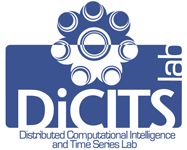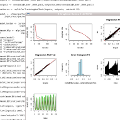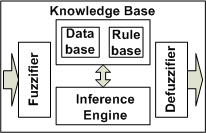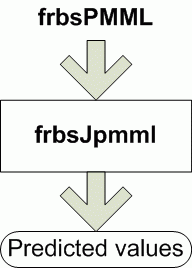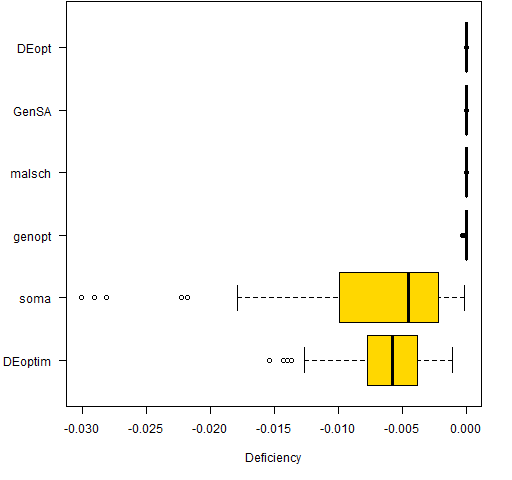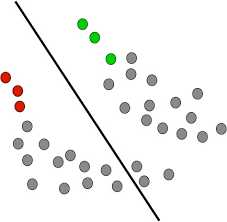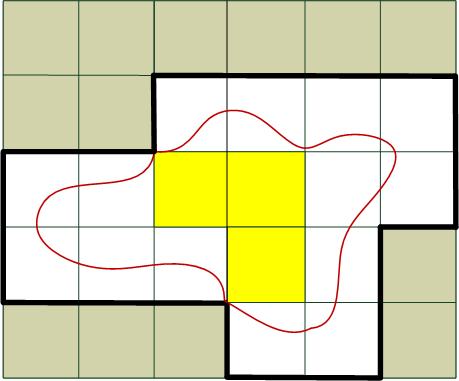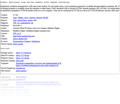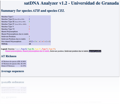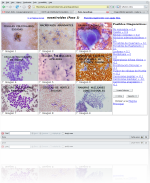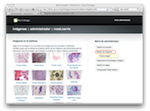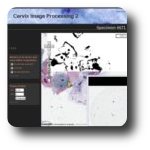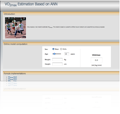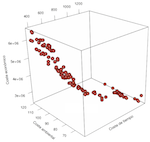Computational Intelligence Software | Time Series Analysis | BigData | Bioinformatics and Expert Systems in Medicine | Civil Engineering
Areas and Software developed by the group and coworkers.
Computational Intelligence Software
RSNNS
http://cran.r-project.org/web/packages/RSNNS/
More information / WebSite
FRBS
http://cran.r-project.org/package=frbs
More information / WebSite
frbsJpmml
More information / WebSite
Rmalschains
http://cran.r-project.org/web/packages/Rmalschains/
ssc
https://CRAN.R-project.org/package=ssc
More information / WebSite about ssc R package
RoughSets
http://cran.r-project.org/web/packages/RoughSets/
More information / WebSite / Examples
OrangeSNNS
Orange is a data mining software that is specially good for researching and teaching. It is developed in Python and C++ combining the best from both: interpretability and quick use from Python and efficiency from C++.http://ax5.com/antonio/orangesnns/
Software for Time Series Analysis
tsDyn
http://cran.r-project.org/web/packages/tsDyn/index.html
tsExpKit
tsExpKit
Rsiopred
Under construction
http://sci2s.ugr.es/BigData
Software for Expert Systems in Medicine
satDNA Analyzer
http://satdna.sourceforge.net/
Thyroid diagnosis (NoseTiroides)
http://dicits.ugr.es/nosecitologia/nosetiroides/
An image based expert system for cervical lesion diagnosis
http://dicits.ugr.es/nosecitologia/nosecervix/
Survival in laryngeal squamous cell carcicomas (SEAPSCEL)
http://dicits.ugr.es/software/SEAPSCEL
Cervix Image Processing 2 (CIP2)
http://sci2s.ugr.es/dicits/software/CIP2
VO2Max Estimation Based on ANN
VO2Max is a new model proposed to estimate VO2Max. This model is based on powerful artificial neural network and outperforms previous proposalshttp://dicits.ugr.es/VO2/
EMOA optimization of the construction process for High Speed Railways infraestructure
https://atolon.ugr.es/lifehuellas/builder/
